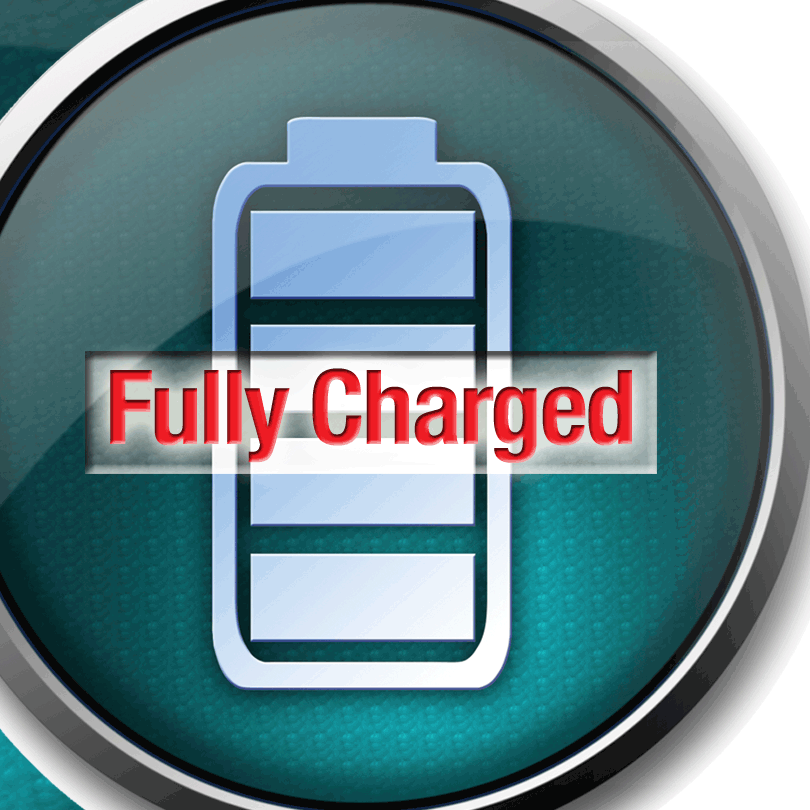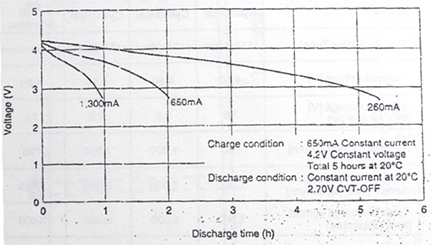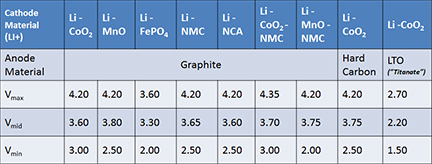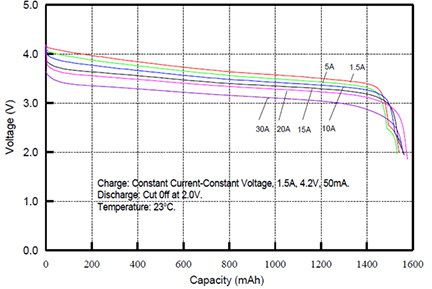The end-of-the-year holidays (hopefully) gave all of us a little quiet time to relax and reflect. This year, I finally took the time to clean out some old boxes that had been tucked away in the back corner of my office closet… mostly old notebooks and drawings from projects long ago forgotten. But I found one interesting artifact that I decided to keep for its historical value, the first Lithium-Ion battery spec sheet that I had, a faxed copy, no less, from 1993.
 Back then, I was working on developing battery pack and charging systems for portable computers. Lithium-Ion technology was just emerging as the “wave of the future” for high-end portable products. We knew it was expensive, but didn’t really care. As a side note, I find it interesting that until the advent of the ultrabook products in the last year or so, the typical notebook PC still had about the same size, weight, and three-hour-typical battery life as the stuff we were designing 20 years ago.
Back then, I was working on developing battery pack and charging systems for portable computers. Lithium-Ion technology was just emerging as the “wave of the future” for high-end portable products. We knew it was expensive, but didn’t really care. As a side note, I find it interesting that until the advent of the ultrabook products in the last year or so, the typical notebook PC still had about the same size, weight, and three-hour-typical battery life as the stuff we were designing 20 years ago.
As a power system designer for portable products over the years, I have learned that new technology that might seem fascinating to “people like us” quite often means nothing to the end user. We get excited about the technical details and the elegance of the solutions… but for someone who never sees the inside of the equipment, their perspective can be quite different.

The first time I ever met with a journalist to demonstrate a new product (1991 – our first portable computer with an 80486 processor), I remember how deflated I felt when the most exciting feature to him was that the detachable keyboard had rubber feet on it. He didn’t even ask any questions about the circuitry inside. But of course, when any of that unseen circuitry performs poorly, or fails outright, it will definitely get someone’s attention. It seems that the best thing a power supply designer can hope for is that nobody ever notices your work. Many of us might feel unrecognized, but that may not be a bad thing.
As the feature of portability extends to more and more products, the power and battery management design is (of course) vitally important even if it is not recognized by the end-users. What they will notice are the flaws – “my laptop PC gets too hot to actually use it on my lap” or “I have to recharge my phone battery twice a day” are typical examples that come to mind. Sort of like the foundation of a house; if it is solid and well built, nobody thinks about it. But if your basement gets flooded every time it rains, you have a real problem.
So, getting back to the “ancient” battery technology that I started with… while batteries may not have evolved as rapidly as semiconductor technology in the past 20 years, there have of course been significant changes and advancements. Particularly in the past five to seven years, both economic and technical performance needs have led to the commercialization of alternative chemistry types for specialized and emerging applications. A tremendous variety of cell sizes, power ratings and chemical variations exist and are available from multiple suppliers today. In fact, the choices are so plentiful that now, many system designers might not even know where to start.

While we might think the basic decision about a battery is, for example, “should I use Lithium-Ion or Something Else,” a quick look at the table above should indicate that all Li-Ion is not the same. While back in 1993, you might have had a simple decision, now there are some pretty significant differences between the technologies.
Let’s say that your end-product is some type of portable equipment, whether it is a smartphone, computer, media player, power tool, or some type of specialized medical instrument, it is tacitly assumed that each year’s new model will have some level of enhanced performance (faster processor, better display, more memory, more powerful motor, or whatever) compared to the previous generation. But given that these products may all have external accessories, in particular battery packs and charger/adapters, the ability to retain backward-compatibility especially for customers who may have a large accessory investment is a strong incentive for them to remain loyal to your brand. As a result, it’s quite typical that the fundamental power system architecture (system voltage rail, external charger voltage, and/or battery pack size or type) may stay the same across several generations of products.
Most of the cell manufacturers now offer high energy and high rate options in their cell designs, and some offer high temperature options as well. While the cells may often be described in terms of their performance parameters rather than their chemistry, as manufacturers may wish to be less explicit about their secret formulas, it is useful for system design engineers to be familiar with the basic terminology of the various chemical families. The original formulation, LiCoO2, often referred to simply as Cobalt technology, is still quite prevalent, although diminishing in market presence over time, primarily due to cost. Alternative systems such as LiFePO4, known as Phosphate for short, and now Li-Nickel-Manganese-Cobalt (NMC) have been optimized for different applications that need higher rate capability, but can also be optimized for energy (capacity) as a trade-off.

The performance specs need to be weighted based on what is most important for your system design. For example, cold temperature performance is probably not important for something that will be used indoors, but high peak current capability might be very important if that indoor product has frequent load surges. What about cycle life? Will the product be used mostly from the battery and (frequently) periodically recharged, or is the battery used primarily as backup for when the main power fails? Do you have the flexibility of changing the external charger’s voltage output, or do you need to be compatible with legacy accessories?
So, every few years, if you actually have a chance to make a real decision about what type of battery to use, think carefully. An extra few days (or even a couple of weeks) invested up front might save you and your employer a lot of headaches in the long run. It’s worth doing a little digging. Talk to a few different cell suppliers and weigh the pros and cons of each technology against the expected usage needs in your system. Test out the performance of the cells in your actual operating conditions. This “trivial” decision, perhaps something that will never be noticed by your customer, is fundamental to the overall performance and usability of your overall system design.
 Upal Sengupta is a staff applications engineer with the TI Battery Management Solutions group where he has worked in several applications / systems engineering and technical marketing roles, all related to portable power and battery management. Prior to TI, Upal held a variety of positions where he was involved in the design of power systems for portable computer and mobile phone OEMs. Upal received a BSEE from the University of Illinois, and an MSEE from Michigan State University.
Upal Sengupta is a staff applications engineer with the TI Battery Management Solutions group where he has worked in several applications / systems engineering and technical marketing roles, all related to portable power and battery management. Prior to TI, Upal held a variety of positions where he was involved in the design of power systems for portable computer and mobile phone OEMs. Upal received a BSEE from the University of Illinois, and an MSEE from Michigan State University.







